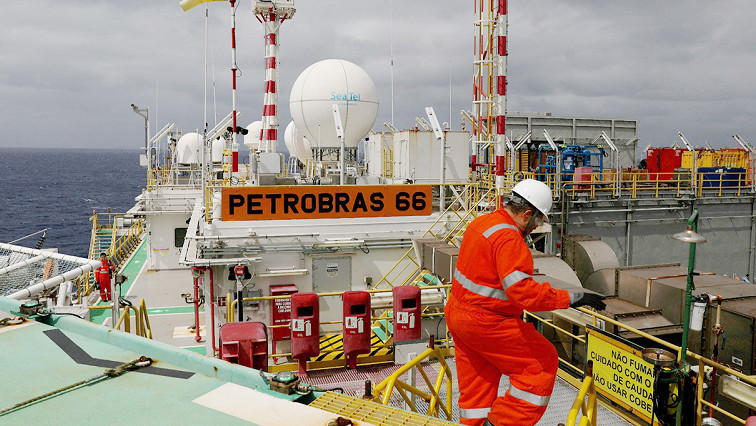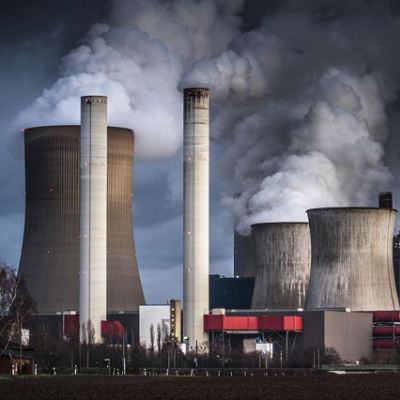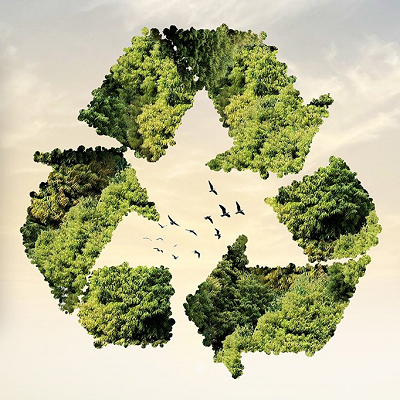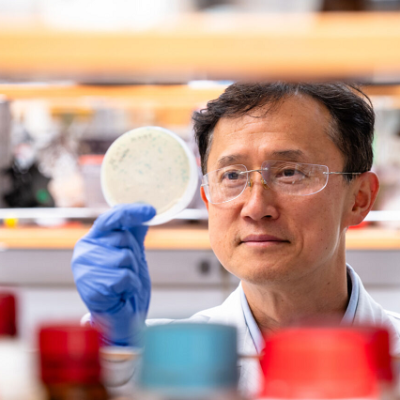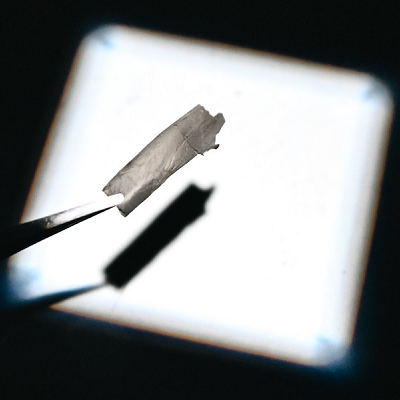Kureha will start developing a new catalyst to be used in a carbon capturing device this fiscal year at its research facility in northeastern Japan, in a joint effort with the Hokkaido-based Kitami Institute of Technology. It plans to build a small-scale prototype of the device in fiscal 2024.
The technology will be tested within a few years at a Petrobras oil rig off the coast of Brazil, as well as at other locations.
Kureha aims to have a commercial version of the technology by the second half of the 2020s, contributing to its target of achieving carbon neutrality by 2050. Petrobras will consider adopting the technology at its own facilities.
The technology will be an example of carbon capture and utilization, which seeks to put the captured emissions to work rather than storing them.
Natural gas, a common byproduct at offshore oil rigs, is usually burned off on site. Every hour, a typical facility emits around 200 kg of methane, the main component of natural gas and a source of global warming.
Kureha is looking to capture carbon from the methane and turn it into a powder that is easily shipped. The powder can be used to produce carbon nanotubes, a material used in lithium-ion batteries, electronic devices and auto parts.
Kureha plans to first extract methane from natural gas using activated carbon. The methane will then be broken down into hydrogen and carbon using the new catalyst.
The catalyst could consist of materials like iron, aluminum or nickel.
The project will receive around 15 million yen ($103,000) in initial funding in fiscal 2023, part of which will come from the Nippon Foundation, a Tokyo-based nonprofit.
Read the original article on Nikkei Inc.

